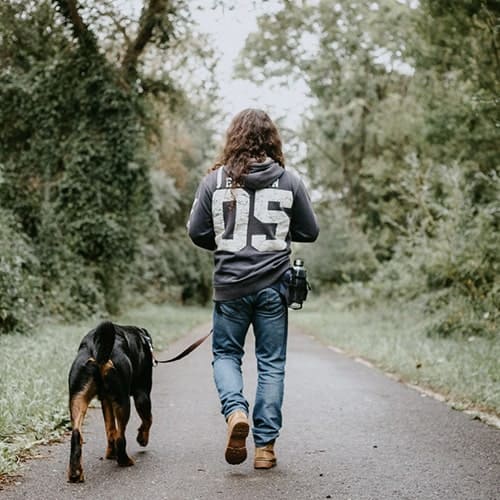As I walked into the little moorland village of Grosmont, the first thing I saw was a Spitfire in the station car park.
I’ve written before about the North York Moors Railway, but in brief, it is an excellent enterprise which represents two fingers brandished triumphantly at the Beeching cuts. Some years after the government binned off our rural rail network, a bunch of enthusiasts got hold of a stretch of the most beautiful line between Pickering and Grosmont, and it’s flourished ever since. Majestic steam engines (along with a few old diesels) ply the rails pulling lovingly-restored carriages, the stations along the way have all been renovated to represent different eras in the railway’s lifetime, and they recently extended the line with a brand new platform at Whitby station. There’s also a wide programme of events, including (among other things) a Pullman dining service, children’s story trains, Santa specials and their annual Wartime Weekend.
It was this last event which I’d stumbled upon, and faced with a platform full of soldiers and WAAFs striding through the steam to catch the first train of the day, I quickly adapted my original plan (which was simply to take the train one stop up to Goathland and do a bit of sloe-hunting) and bought a ticket all the way to Pickering – the epicentre of the action for the weekend.
The small market town of Pickering is an old-fashioned place at the best of times, but walking out of the station onto a street lined with vintage cars and bustling with people in impeccable 1940s dress, it genuinely felt like peeking into a bygone era. Of course the antique dealers, charity shops and pubs were cashing in imaginatively, but most of the other shops had bought into it too. There were 1940s window displays in the chemist, the newsagent, the hiking shop, even the gun dealer, while halls, churches and political clubs had opened up their doors to serve up bowls of soup and rabbit stew. Not to be outdone, the local scouts had set up a tarpaulin with some rustic benches and a trestle table outside their hut, next to a sign that said ‘1940s scout camp’.
The high street was thronged with fedoras and pillbox hats, khaki and fox furs, red lippy and pencil moustaches, and the inevitable hundreds of yards of Union Jack bunting. WAAFs, Wrens and Land Girls threaded their way through groups of paratroopers, sailors and pilots. Scruffy evacuee children in sleeveless jerseys trailed behind their Brylcreemed fathers and elaborately-coiffed mothers, and occasionally someone pushed a gleaming pram, so large and sturdily built that it wouldn’t look out of place bolted to the side of a motorcycle. (For some reason these magnificent conveyances invariably contained sinister old dolls rather than actual infants, but I suppose you can’t have everything.)
I spotted a French Resistance fighter with a Sten gun over his shoulder and a stick grenade stuck in his belt, an American airman with a coquettish pin-up girl painted on the back of his leather flying jacket, and a group of po-faced Wehrmacht troopers patrolling the platform at tiny Levisham station (takes a lot of confidence to strut around North Yorkshire dressed as a Nazi). Possibly my favourites though were the group of boisterous sailors who bundled onto the return train from Pickering with shouts of ‘Haven’t seen a ship anywhere, have you?’ They eschewed seats in favour of cramming themselves down one end of the carriage, where they immediately furnished themselves with bottles of Black Sheep and began roaring sea shanties. The commotion attracted a group of cackling Scouse Land Girls, no longer perhaps in the first bloom of youth, who bustled down the carriage delightedly crowing ‘Ship ahoy, sailor boy!’
On the train ride there, I was sitting behind three girls in WAAF uniforms. One of them had got hers made in India, but the other two were wearing genuine ones from the war. One girl inspected her reflection in the carriage window and adjusted her hat. ‘Funny to think of someone wearing this to work every day,’ she mused.



